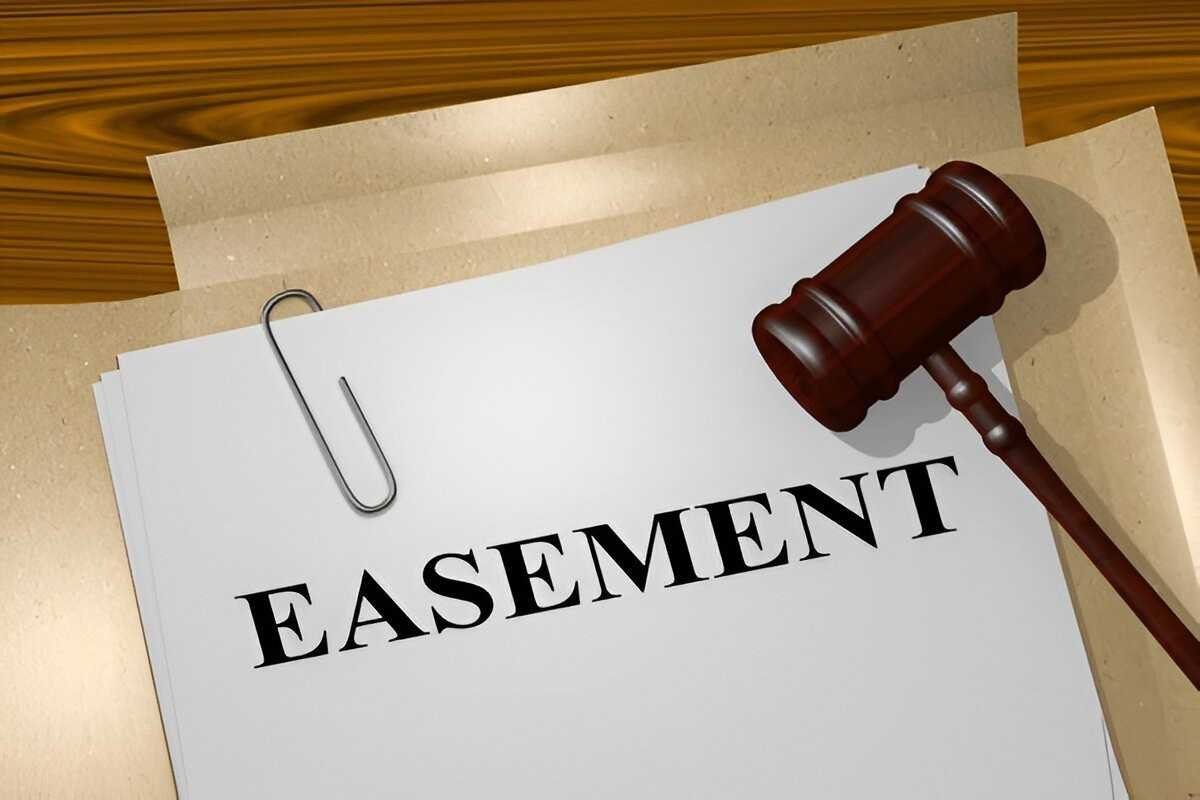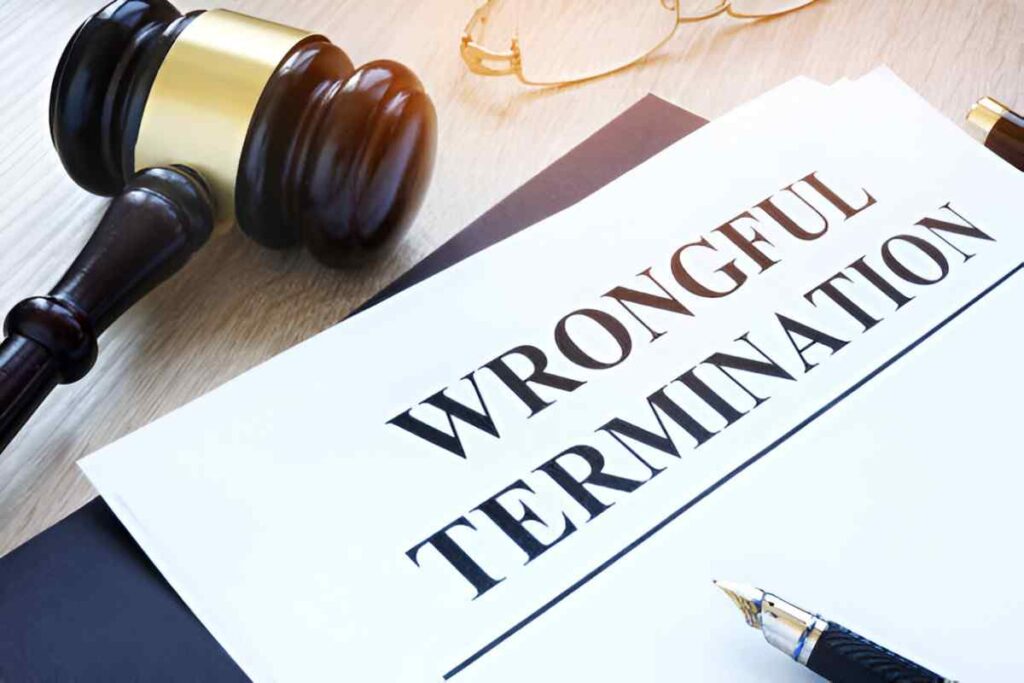An easement is a legal right that allows one party to use or access another party’s property for a specific purpose. This guide will explain what easements entail, the types of easements, their implications, and provide examples to clarify their application in real-world scenarios.
Table of Contents
What is an Easement?
Definition
An easement is a legal interest in land that grants a non-owner the right to use the land of another for a particular purpose. It does not convey ownership of the land but rather a limited right to use it in a specified manner.
Key Points about Easements
- Legal Right: Easements are established through legal agreements or court decisions, defining the scope and conditions under which the easement holder may use the property.
- Non-Possessory Interest: Easements do not grant ownership or possession of the land but rather a right to use it for specific purposes.
- Types: There are various types of easements, including easements of access, easements of utility, and easements by prescription, each serving distinct purposes.
Types of Easements
1. Easement of Access
An easement of access allows a property owner to access their property through another’s land. For example, a landlocked property may have an easement across a neighboring property to reach a public road.
2. Easement of Utility
An easement of utility permits utility companies to install and maintain infrastructure such as power lines, pipelines, or cables on private property to provide services to the public.
3. Easement by Prescription
An easement by prescription is acquired through continuous use of another’s property over a specified period without permission. This type of easement is recognized under certain legal conditions and statutes.
Creation and Termination of Easements
1. Creation
Easements can be created by:
- Express Grant: Through a written agreement between parties.
- Implication: Implied easements may arise from historical usage or necessity.
- Prescription: Acquired through continuous and uninterrupted use over a statutory period.
2. Termination
Easements may terminate by:
- Release: The easement holder voluntarily relinquishes their rights.
- Expiration: When the purpose or time period for the easement ends.
- Merger: If the same party acquires both the dominant (benefited) and servient (burdened) properties.
- Abandonment: When the easement holder ceases to use the easement for an extended period.
Importance and Implications of Easements
1. Property Rights
Easements affect property rights by limiting the owner’s exclusive use of their land in favor of the easement holder’s rights, ensuring access or utility services.
2. Legal Obligations
Property owners must comply with the terms and conditions specified in the easement agreement, including maintenance responsibilities and restrictions on land use.
3. Property Values
Easements can impact property values positively or negatively depending on their nature and effect on usability and development potential.
Example of an Easement
Example: Right of Way Easement
A right of way easement grants a utility company the right to install and maintain underground power lines across a homeowner’s backyard. The homeowner retains ownership of the land but must allow access and refrain from obstructing the utility company’s activities.
Conclusion
Easements are essential legal tools that balance property rights with the need for access and utility services. Understanding the types, creation, and implications of easements is crucial for property owners, businesses, and communities involved in land use and development. While easements provide necessary rights for access and utilities, they also impose obligations and limitations on property owners, requiring compliance with legal agreements and considerations for property values and usage. Clear understanding and management of easements ensure fair and efficient utilization of land resources while safeguarding the interests of all parties involved.





